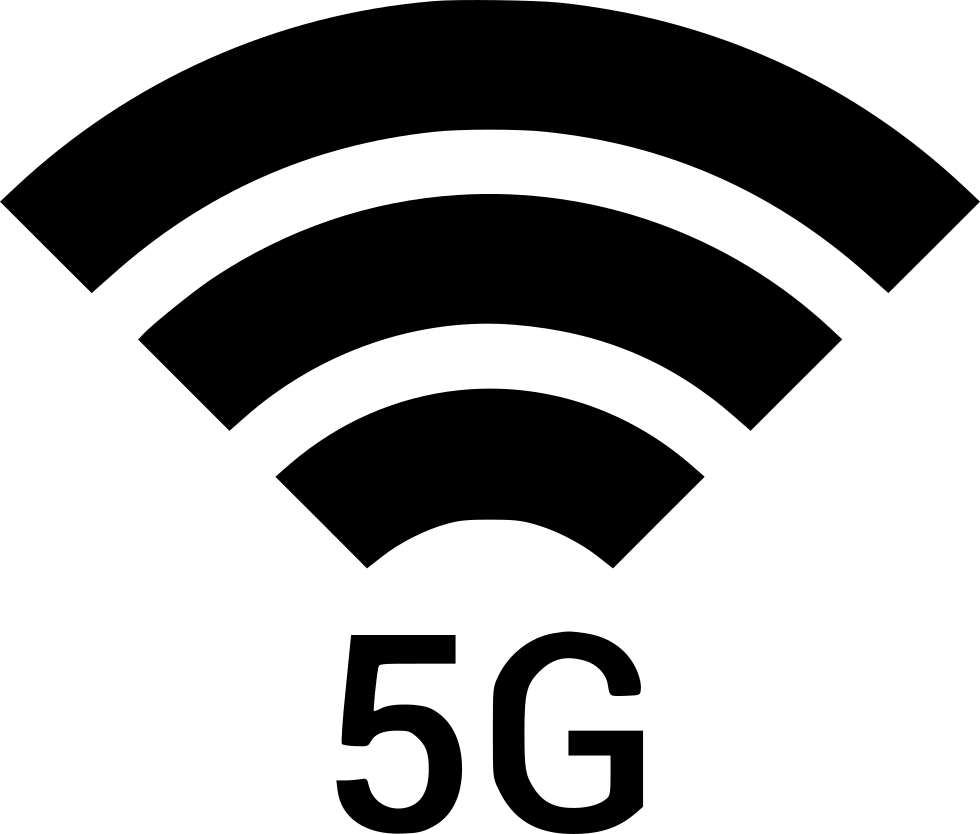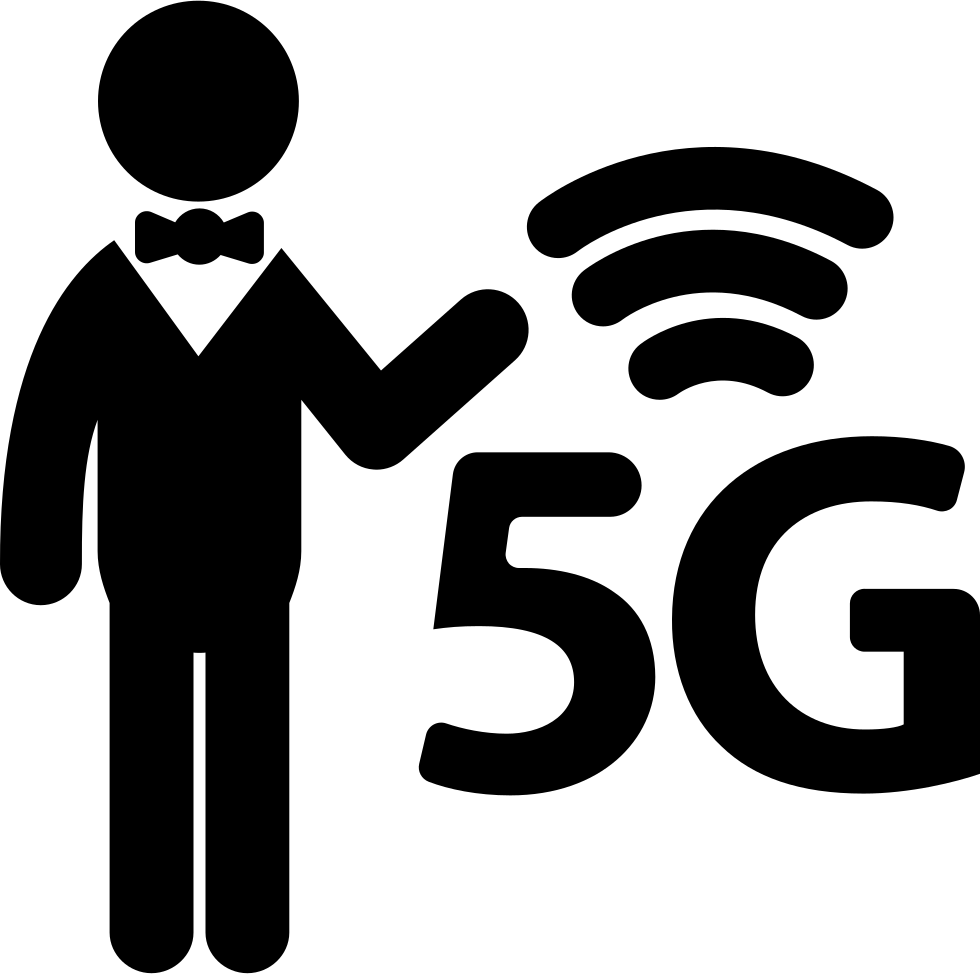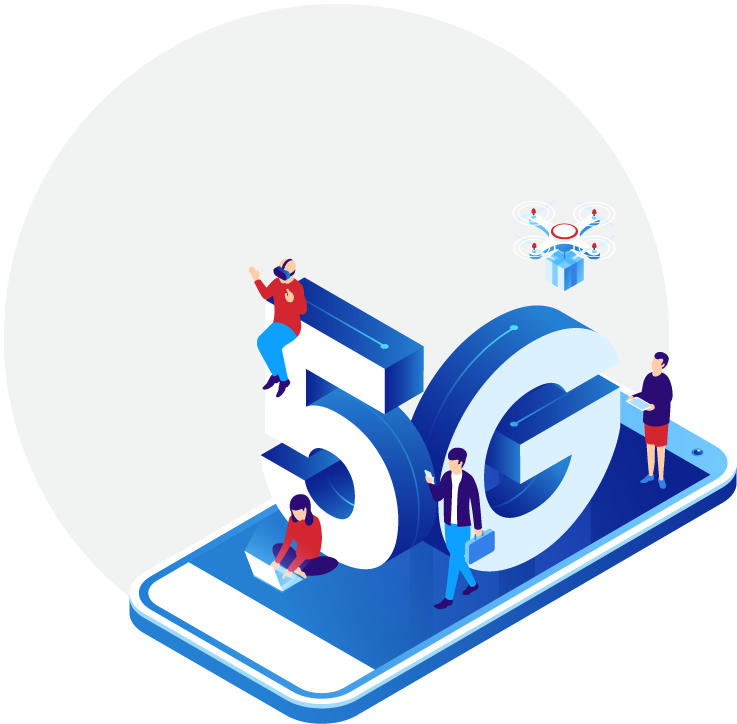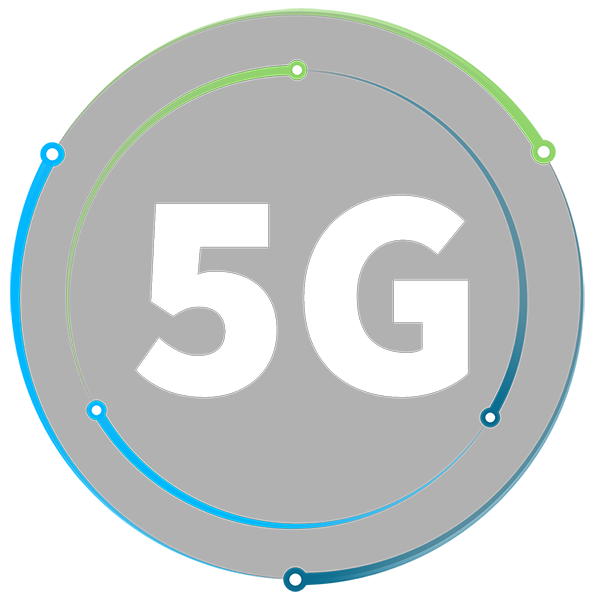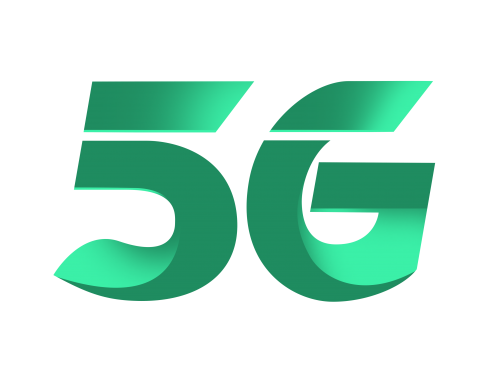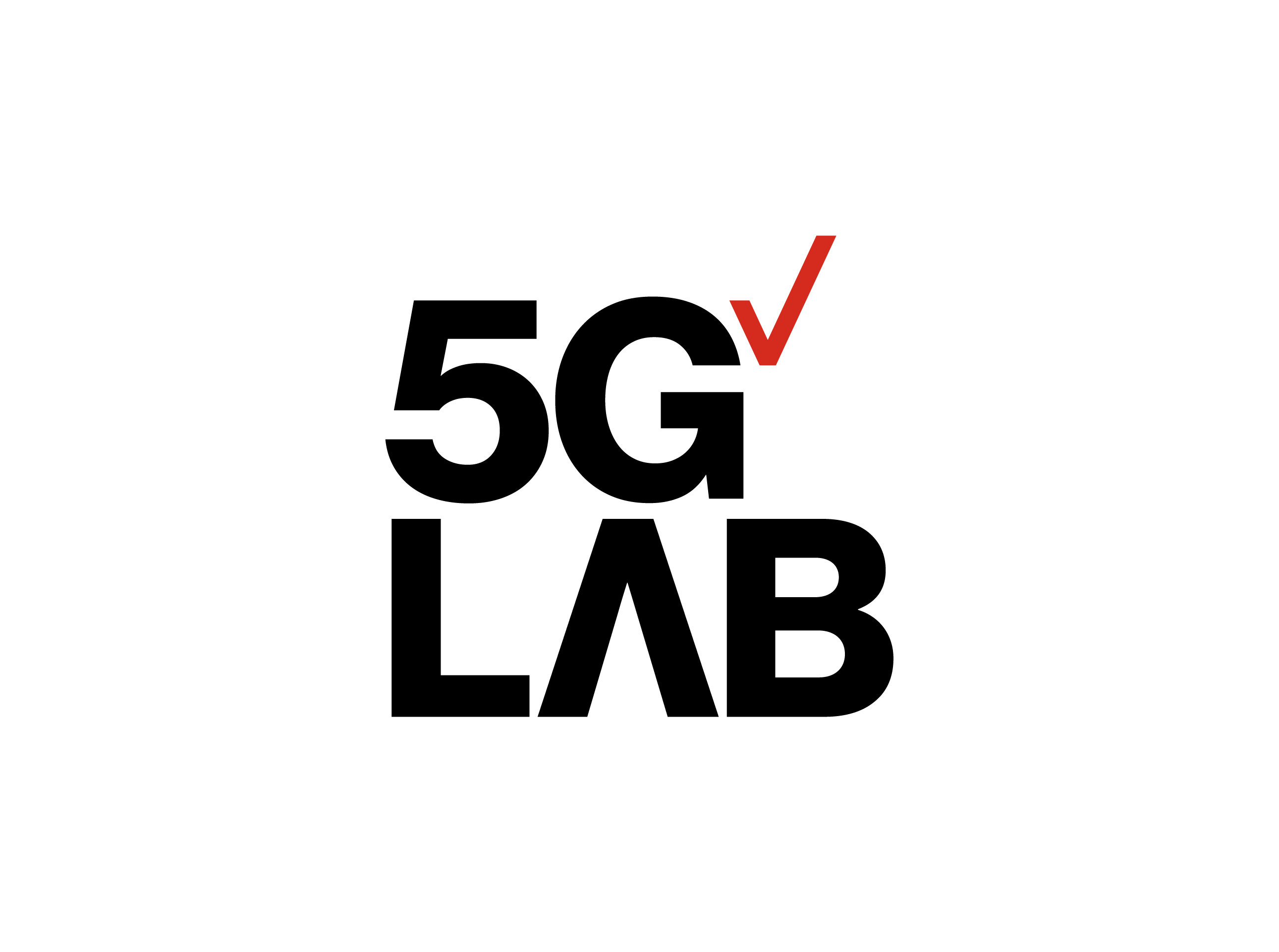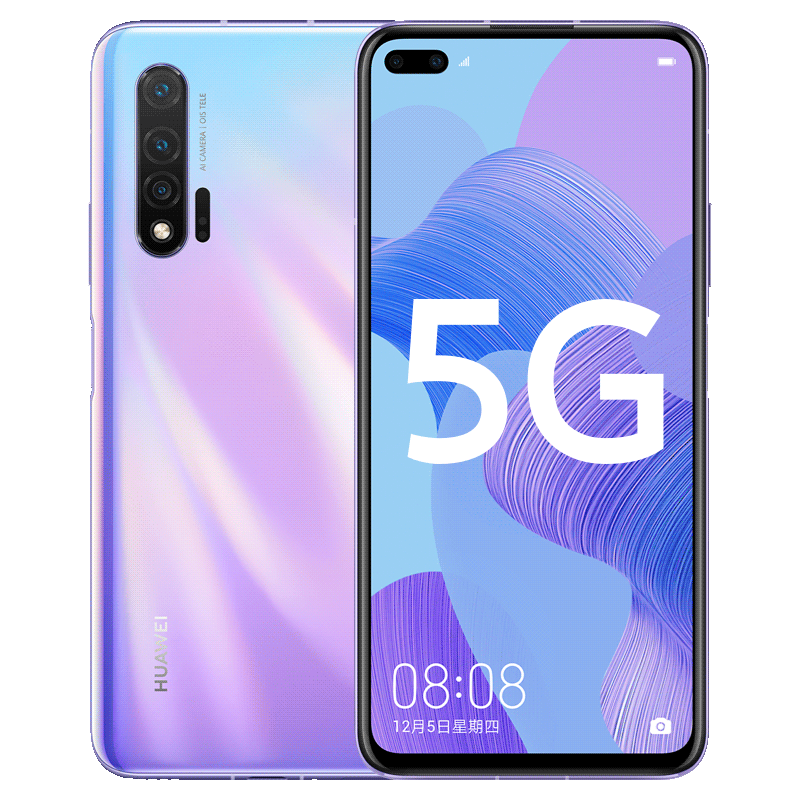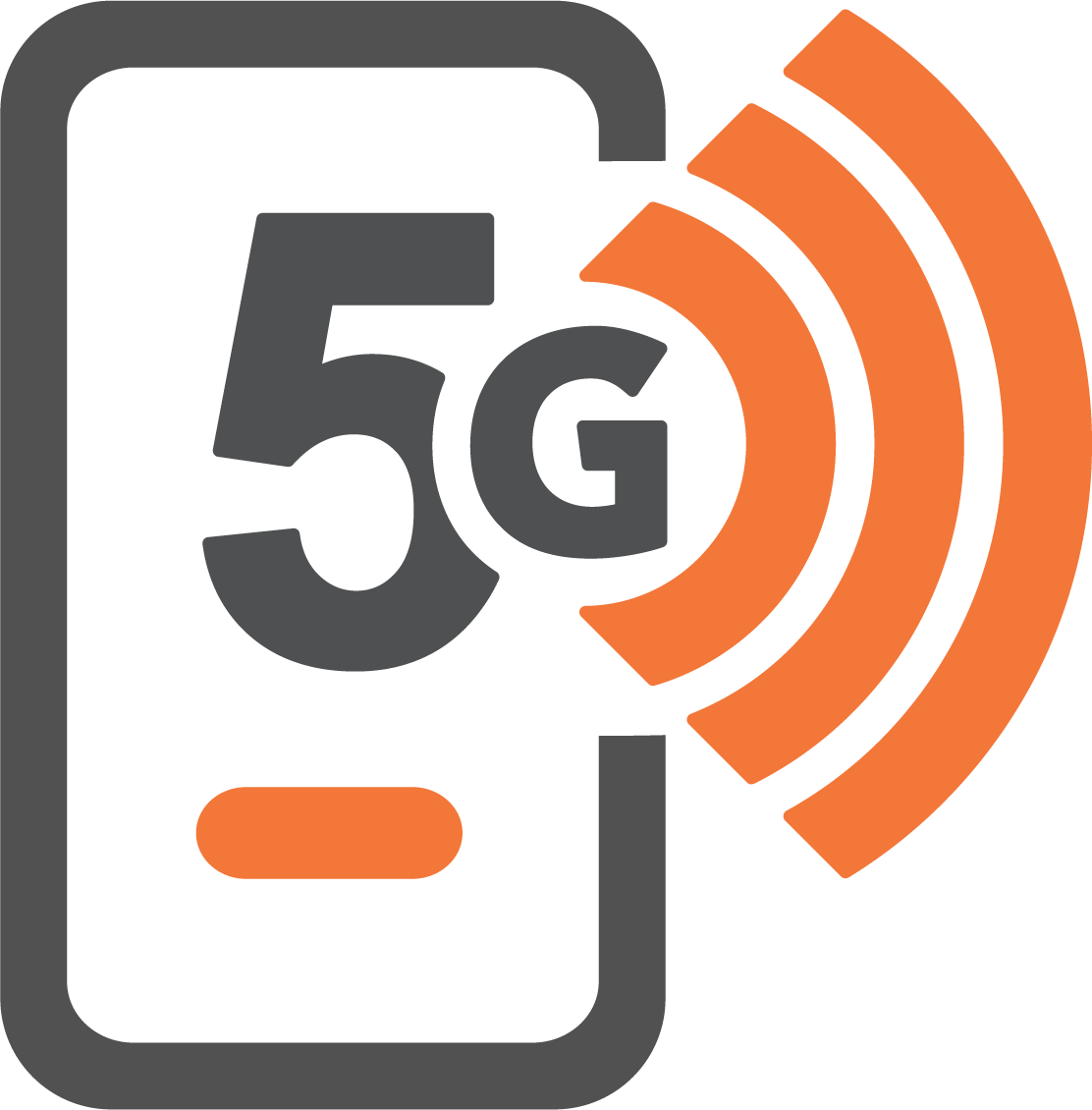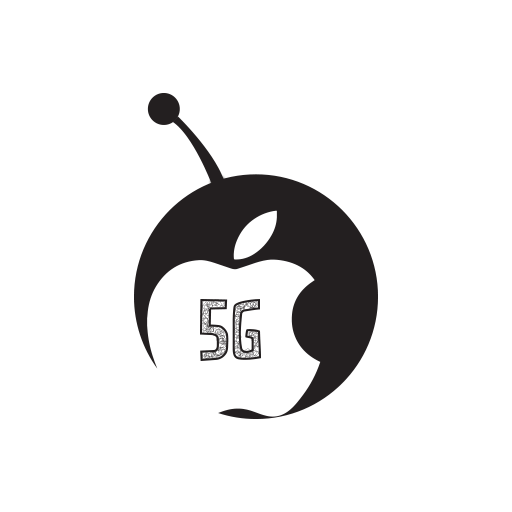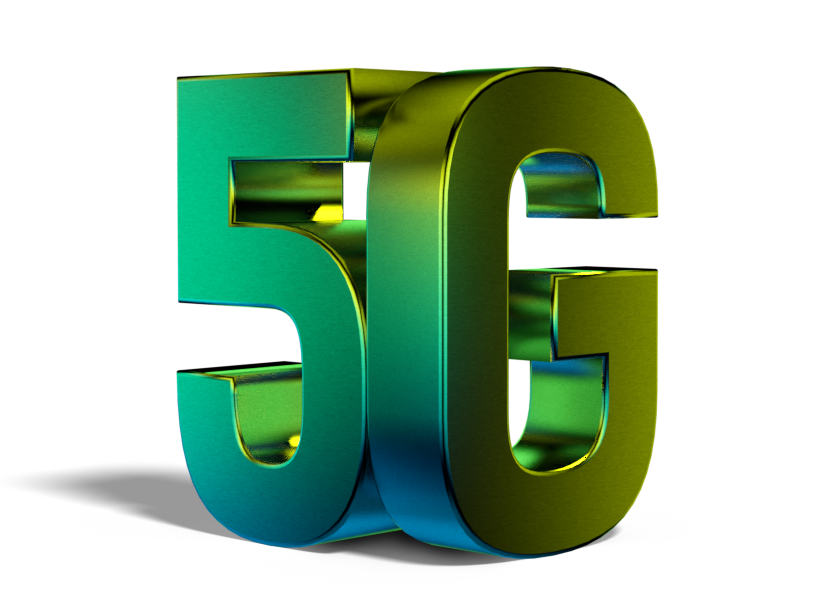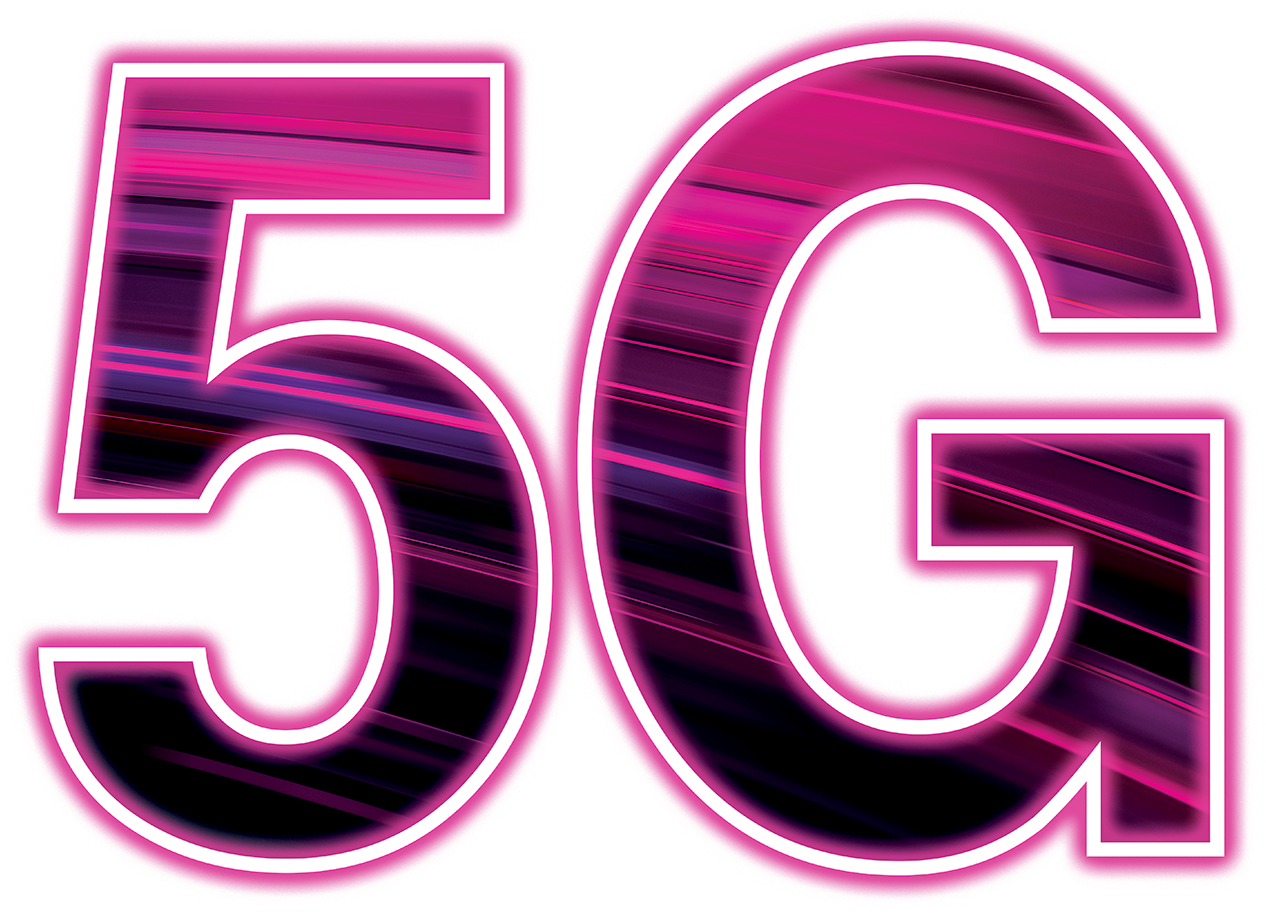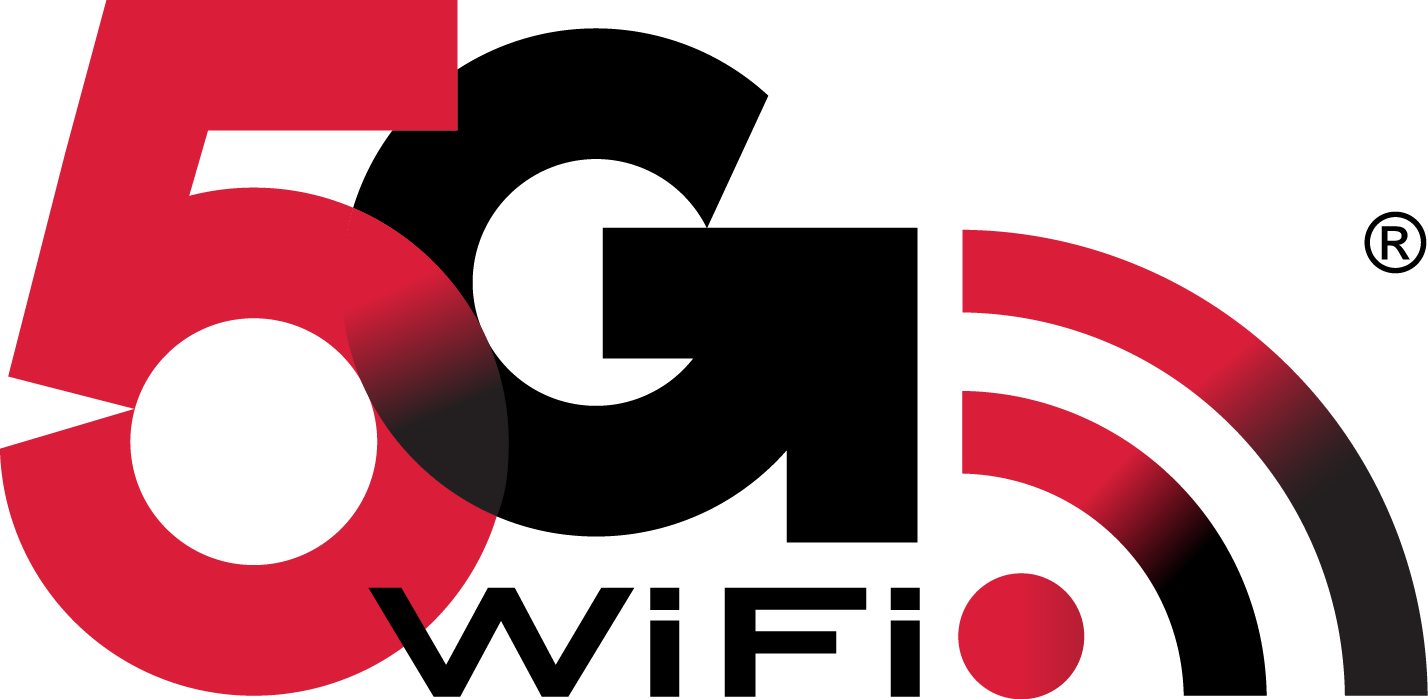Download top and best high-quality free 5G PNG Transparent Images backgrounds available in various sizes. To view the full PNG size resolution click on any of the below image thumbnail.
License Info: Creative Commons 4.0 BY-NC
In telecommunications, 5G is a fifth-generation technology standard for cellular networks that cellular companies began rolling out worldwide in 2019, the planned successor to 4G networks that provide connectivity to most modern mobile phones. Like their predecessors, 5G networks are cellular networks in which the service area is divided into small geographic areas called cells. All 5G wireless devices in the cell are connected to the Internet and the telephone network using radio waves through a local antenna. The new networks’ main advantage is that they will have higher bandwidth, resulting in higher download speeds, eventually up to 10 gigabits per second (Gbps). Due to the increased bandwidth, it is expected that the new networks will not only serve mobile phones as existing cellular networks, but also be used as general internet service providers for laptops and desktops, competing with existing Internet providers such as the cable Internet, and will also enable the Internet of Things (IoT) and machine to machine areas. Modern 4G mobile phones will not be able to use new networks, which will require new 5G wireless devices.
The increased speed is partly achieved by using radio waves at a higher frequency than modern cellular networks. However, higher frequency radio waves have a shorter range than the frequencies used by previous cell towers requiring smaller cells. To provide a wide range of services, 5G networks operate in three frequency bands: low, medium and high. The 5G network will consist of up to 3 different types of cells, each requiring other antennas, each offering a different trade-off for download speed vs distance and service area. Mobile phones and 5G wireless devices will connect to the network through the antenna at the fastest speed in the range of their location:
Low frequency 5G uses a similar frequency range of current 4G mobile phones, 600-700 MHz, giving download speeds slightly higher than 4G: 30-250 megabits per second (Mbps). Low-band cell towers will have a range and coverage area similar to modern 4G towers. Mid-range 5G uses 2.5-3.7 GHz microwaves, which currently provide speeds of 100-900 Mbps, with each cell tower providing service over a range of miles in radius. This service level is the most widely used and should be available in most metropolitan areas in 2020. Some countries do not enforce low bandwidth, making it a minimum service level. Broadband 5G currently uses frequencies between 25 and 39 GHz, near the lower end of the millimetre-wave range, although higher frequencies may be used in the future. Download speeds are often gigabits per second (Gbps), comparable to cable Internet. However, millimetre waves (mmWave or mmW) have a more limited range, which requires tiny cells.
Download 5G PNG images transparent gallery.
- 5G Logo PNG Clipart
Resolution: 980 × 834
Size: 46 KB
Image Format: .png
Download
- 5G Logo PNG Image
Resolution: 512 × 316
Size: 7 KB
Image Format: .png
Download
- 5G Logo PNG
Resolution: 1518 × 902
Size: 25 KB
Image Format: .png
Download
- 5G Logo Transparent
Resolution: 980 × 974
Size: 59 KB
Image Format: .png
Download
- 5G Logo
Resolution: 2086 × 999
Size: 206 KB
Image Format: .png
Download
- 5G PNG Clipart
Resolution: 737 × 724
Size: 82 KB
Image Format: .png
Download
- 5G PNG Download Image
Resolution: 600 × 600
Size: 104 KB
Image Format: .png
Download
- 5G PNG File
Resolution: 1296 × 580
Size: 28 KB
Image Format: .png
Download
- 5G PNG Free Download
Resolution: 500 × 378
Size: 43 KB
Image Format: .png
Download
- 5G PNG Free Image
Resolution: 2581 × 1921
Size: 47 KB
Image Format: .png
Download
- 5G PNG High Quality Image
Resolution: 970 × 507
Size: 66 KB
Image Format: .png
Download
- 5G PNG Image
Resolution: 512 × 512
Size: 11 KB
Image Format: .png
Download
- 5G PNG Pic
Resolution: 800 × 800
Size: 236 KB
Image Format: .png
Download
- 5G PNG Picture
Resolution: 1112 × 1130
Size: 40 KB
Image Format: .png
Download
- 5G PNG
Resolution: 1027 × 973
Size: 23 KB
Image Format: .png
Download
- 5G Speed PNG Clipart
Resolution: 882 × 526
Size: 7 KB
Image Format: .png
Download
- 5G Speed PNG Image
Resolution: 512 × 512
Size: 15 KB
Image Format: .png
Download
- 5G Speed PNG
Resolution: 824 × 608
Size: 300 KB
Image Format: .png
Download
- 5G Speed Transparent
Resolution: 1266 × 916
Size: 1032 KB
Image Format: .png
Download
- 5G Speed
Resolution: 1000 × 325
Size: 37 KB
Image Format: .png
Download
- 5G Transparent
Resolution: 1428 × 699
Size: 53 KB
Image Format: .png
Download
- 5G
Resolution: 800 × 800
Size: 105 KB
Image Format: .png
Download
